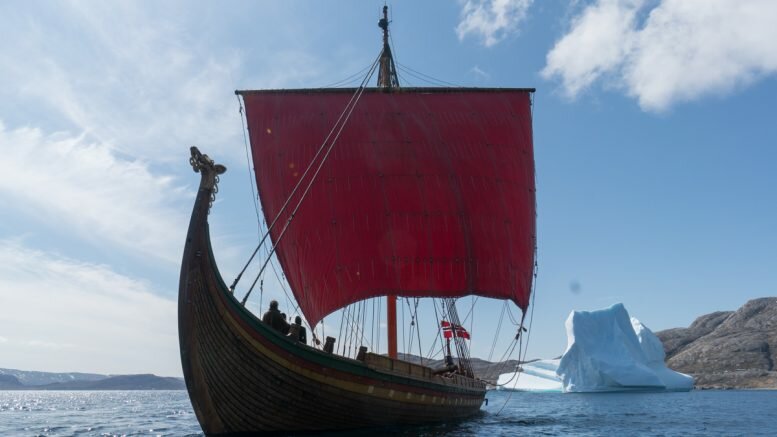Viking ship mounds can be listed as UNESCO World Heritage Site’s
The Minister for Climate and Environment Vidar Helgesen (H) has asked the Directorate for Cultural Heritage (Riksantikvaren) to evaluate several Norwegian sites to be listed as a World Heritage Site by UNESCO.
Among the places are the Viking Ship mounds in Vestfold. The Borre mounds in Horten, the Oseberg mound in Tønsberg and the Gokstad mound in Sandefjord are candidates, NRK reports.
– I think it has very much to say for value creation, tourism and understanding of history. I think it is very important regional that we get this promise.
– It is also important nationally that Norway uses these places that are so unique to something more than we do today, says Terje Gansum. He is head of cultural heritage in Vestfold County.
Deadline of November 1
The Directorate for Cultural Heritage has a response deadline of November 1 to send its recommendation to the Ministry of the Climate and Environment.
If the Directorate for Cultural Heritage considers the Viking ship mounds as good candidates, a formal process starts with goals to fulfill the criteria a nomination requires.
One place must meet at least one of ten specific criteria to be eligible as a World Heritage Site.
Rejected before
The World Heritage Committee has previously rejected an application for the three Viking mounds onto the list. At the time the application was, however, a co-operation with other countries.
UNESCO World Heritage site’s consists of more than 1,000 sites. The sites are both of cultural value and natural areas.
Current Norwegian sites include
- Bryggen, the old wharf ofBergen, is a reminder of the town’s importance as part of the trading empire Hanseatic League from the 14th to the 16th century. Many fires, the last in 1955, have ravaged the beautiful wooden houses, although its main structure has been preserved.
- Urnes Stave Church, astave church (stavkyrkje) in Luster municipality by the Sognefjorden. Stave churches were built from the 11th to the 13th century, and are a great example of traditional Scandinavian wooden architecture.
- Røros Mining Town, a mining town in southernSør-Trøndelag The Røros Copper Mines were active from 1644 to 1977. The town was destroyed by Swedish troops in 1679. After this, Røros was rebuilt and has about 80 wooden houses which gives the town a medieval appearance due to the dark pitch-log facades.
- Rock carvings atAlta are petroglyphs at the shores of Altafjord, in Finnmark county, north of the Arctic Circle. Thousands of paintings and engravings into rocks gives us the impression of what it must have been like living in the Far North before 4200-500 B.C.
- Vegaøyan/The Vega Archipelagoat Vega in Nordland county, just south of the Arctic Circle is the name of a dozen islands, where fishermen and farmers have been living since the Stone Age. There are fishing villages, quays, warehouses, eider houses (built for eider ducks to nest in), farming landscapes, lighthouses and beacons.
- Struve Geodetic Arcis a chain of survey triangulations stretching from Hammerfest in Norway to the Black Sea. These are points of a survey, carried out between 1816 and 1855 by the astronomer Friedrich Georg Wilhelm Struve, and it represented the first accurate measuring of a long segment of a meridian arc.
- Rjukan–Notodden Industrial Heritage Site, created to protect the industrial landscape aroundHeddalsvatnet and Vestfjorddalen. The landscape is centered on the plant built by the Norsk Hydro to produce fertilizer from atmospheric nitrogen. The complex also includes hydroelectric power plants, transport systems, including railways, transmission lines and factories, and workers’ accommodation and social institutions in the towns of Notodden and Rjukan.
The complete list can be found at UNESCO’s website
© NTB Scanpix / Norway Today


